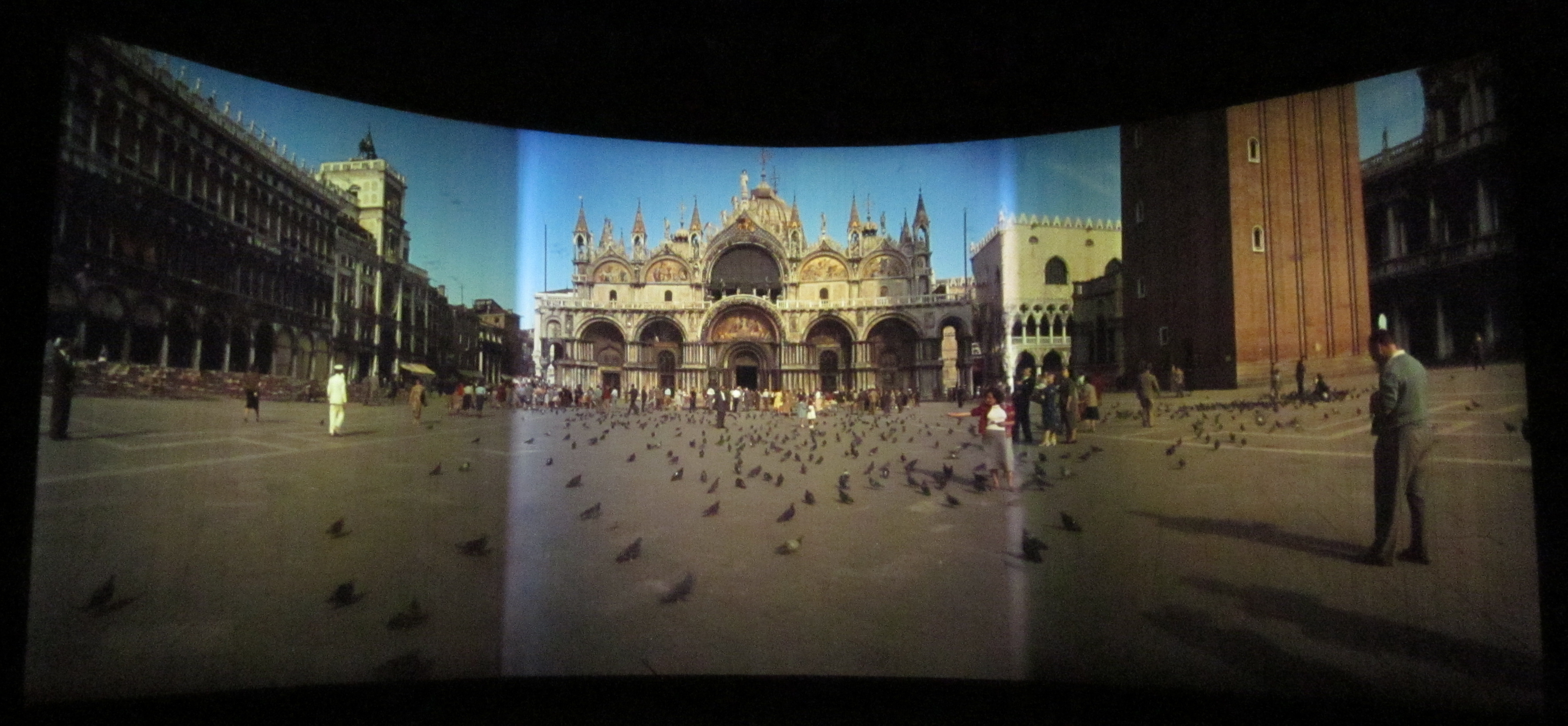|
W (1974 Film)
''W'' (also titled ''I Want Her Dead'' and ''W Is the Mark of Death'') is a 1974 American psychological thriller film directed by Richard Quine and starring Twiggy, Dirk Benedict and Michael Witney. It was produced by Mel Ferrer. IMDb Plot Within 24 hours, three near-fatal accidents have occurred. At the scene of each, the letter "W" is scrawled over the injured person. Katie Lewis (Twiggy) and her husband Ben (Michael Witney) discover that these accidents are in fact the work of a mysterious killer, and that they are the real targets. While trying to avoid death, the couple must struggle to discover the source of these attacks.Cast * |
Richard Quine
Richard Quine (November 12, 1920June 10, 1989) was an American director, actor, and singer. He began acting as a child in radio, vaudeville, and stage productions before being signed to Metro-Goldwyn-Mayer in his early twenties. When his acting career began to wane after World War II, Quine began working as a film director. He later moved into producing and directing television. Quine's films as director include ''Bell, Book and Candle'' (1958), ''The World of Suzie Wong'' (1960), ''Paris When It Sizzles'' (1964), ''How to Murder Your Wife'' (1965), and ''The Prisoner of Zenda'' (1979). Career Child actor Born in Detroit, Quine's father was an actor. Quine's family moved to Los Angeles when he was six years old. As a child, he began working as a radio actor and became a minor radio star. He then appeared in vaudeville before moving on to stage roles. Quine made his film debut in the drama ''Cavalcade'' (1933). He could also be seen in ''The World Changes'' (1933) (alongside a ... [...More Info...] [...Related Items...] OR: [Wikipedia] [Google] [Baidu] |
Cinerama Releasing Corporation
Cinerama Releasing Corporation (CRC) was a motion picture company established in 1967 that originally released films produced by its namesake parent company that was considered an "instant major".Page 10. History In 1963, the owner of the Pacific Coast Theater chain, William R. Foreman, purchased Cinerama, Inc. In 1966, CRC was set up to be an independent distributor of widescreen motion pictures produced by Cinerama, various foreign films and ABC Pictures, the film production unit of the American Broadcasting Company.p. 332 Harpole, Charles ''History of the American Cinema'' University of California PressOrders of Magnitude. Page 332-333. CRC was only a distributor of films, without retaining copyright stake over each production. As an instant major by 1970, CRC reached a 10% market share. ABC Pictures ended operations in early 1973, thus CRC moved to primarily distributing non-financed films (acquisitions). By August 1974, CRC had released 125 acquired films at which time it ... [...More Info...] [...Related Items...] OR: [Wikipedia] [Google] [Baidu] |
Films With Screenplays By Ronald Shusett
A film also called a movie, motion picture, moving picture, picture, photoplay or (slang) flick is a work of visual art that simulates experiences and otherwise communicates ideas, stories, perceptions, feelings, beauty, or atmosphere through the use of moving images. These images are generally accompanied by sound and, more rarely, other sensory stimulations. The word "cinema", short for cinematography, is often used to refer to filmmaking and the film industry, and to the art form that is the result of it. Recording and transmission of film The moving images of a film are created by photographing actual scenes with a motion-picture camera, by photographing drawings or miniature models using traditional animation techniques, by means of CGI and computer animation, or by a combination of some or all of these techniques, and other visual effects. Before the introduction of digital production, series of still images were recorded on a strip of chemically sensitized ... [...More Info...] [...Related Items...] OR: [Wikipedia] [Google] [Baidu] |
Cinerama Releasing Corporation Films
Cinerama is a widescreen process that originally projected images simultaneously from three synchronized 35mm projectors onto a huge, deeply curved screen, subtending 146° of arc. The trademarked process was marketed by the Cinerama corporation. It was the first of a number of novel processes introduced during the 1950s, when the movie industry was reacting to competition from television. Cinerama was presented to the public as a theatrical event, with reserved seating and printed programs, and audience members often dressed in their best attire for the evening. The Cinerama projection screen, rather than being a continuous surface like most screens, is made of hundreds of individual vertical strips of standard perforated screen material, each about inch (~22 mm) wide, with each strip angled to face the audience, so as to prevent light scattered from one end of the deeply curved screen from reflecting across the screen and washing out the image on the opposite end. ... [...More Info...] [...Related Items...] OR: [Wikipedia] [Google] [Baidu] |

